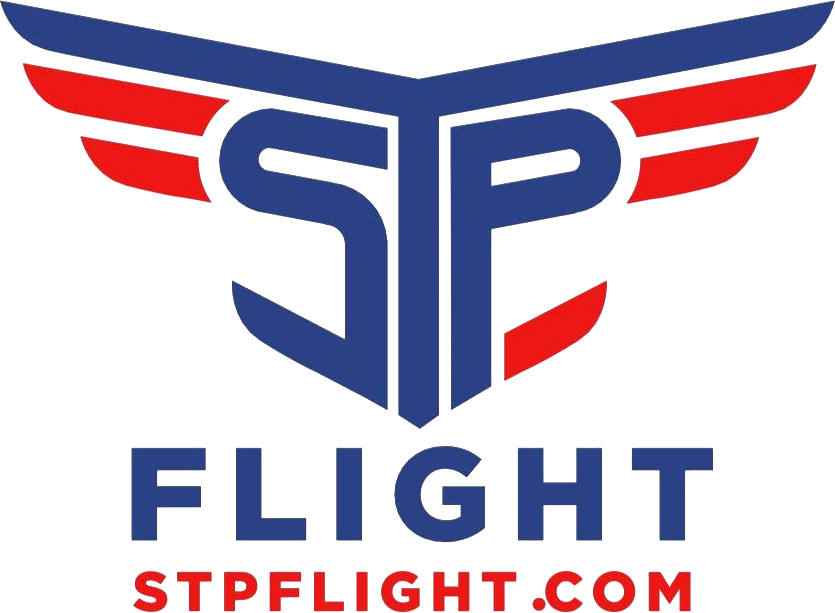Becoming a pilot is a goal that requires a commitment to safety, proficiency, and adherence to rigorous standards set by the Federal Aviation Administration (FAA). For aspiring aviators in Minnesota, a state with diverse flying conditions and top-tier flight training facilities, understanding this framework is key to an expeditious and successful journey. This guide re-examines the process of becoming a pilot, focusing on the FAA’s role in ensuring your competence and the expeditiousness of your training program.
FAA-Compliant Training: The Foundation of Flight Safety
Choosing an FAA-certified flight school is the first and most crucial step. Facilities like STP Flight Services in Saint Paul, MN, are mandated to operate under strict FAA regulations, ensuring that all training, from ground school to flight time, meets the highest safety and quality standards. This oversight guarantees that your instructors are FAA-certified and that the training aircraft are well-maintained and airworthy, providing a safe and reliable environment for your education.
Step 1: Meeting FAA-Mandated Prerequisites
The journey begins with meeting the foundational requirements, which are non-negotiable FAA standards designed to ensure you are a suitable candidate for flight training.
- Age: You must be at least 17 years old to be eligible for a Private Pilot License (PPL). This age requirement is an FAA standard.
- Medical Certificate: The FAA requires a Class 3 medical certificate, at minimum, for private pilot privileges. This certificate is obtained from an FAA-authorized aviation medical examiner and confirms your physical and mental fitness to operate an aircraft safely.
- English Proficiency: The ability to read, write, speak, and understand the English language is a mandatory FAA standard for all pilots, crucial for clear communication with air traffic control and other pilots.
Step 2: Expediting Your Training with a Structured Program
A well-structured training program is essential for the expeditious and proficient acquisition of pilot skills. An FAA-approved curriculum, as offered at STP Flight Services, ensures a logical progression from foundational theory to practical application.
- Ground School: This phase focuses on the theoretical knowledge mandated by the FAA. Subjects like aviation regulations, aerodynamics, and meteorology are taught to ensure you have a comprehensive understanding of the principles of flight and the rules of the air. Passing the FAA Knowledge Test is a requirement for moving on to the next phase.
- Flight Training: The flight portion is where proficiency is honed. FAA regulations stipulate minimum flight hours 40 hours for a PPL but the focus is on mastering specific maneuvers and procedures. Dual instruction with an FAA-certified instructor and supervised solo flights are designed to build your skills and confidence in a safe, controlled environment.
Step 3: The Ultimate Test of Proficiency: The FAA Checkride
The culmination of your training is the FAA practical test, known as the “checkride.” This is a final evaluation by an FAA examiner to ensure you have met all the proficiency standards required to be a safe and competent pilot.
- Oral Exam: This portion tests your aural knowledge of FAA regulations, aircraft systems, and emergency procedures, ensuring your theoretical understanding is sound.
- Flight Test: The flight portion assesses your practical skills. You will demonstrate your ability to perform a variety of maneuvers and procedures with precision and safety, showcasing your proficiency in real-world scenarios.
Expeditiousness and Safety in Practice
At STP Flight Services, the commitment to FAA standards and safety is paramount. The goal is to provide a training environment that not only meets but exceeds these standards, allowing you to progress through your training with efficiency and confidence. By adhering to a rigorous, FAA-compliant curriculum, and with the guidance of certified instructors, you can achieve your pilot license in an expeditious manner while ensuring you are a truly proficient and safe aviator.
Whether your aspiration is a private pilot license or a career as a commercial pilot, your journey starts with a commitment to the FAA’s framework for safety and proficiency. By choosing a program that prioritizes these principles, you are not just learning to fly; you are building a foundation for a lifetime of safe and successful aviation.

